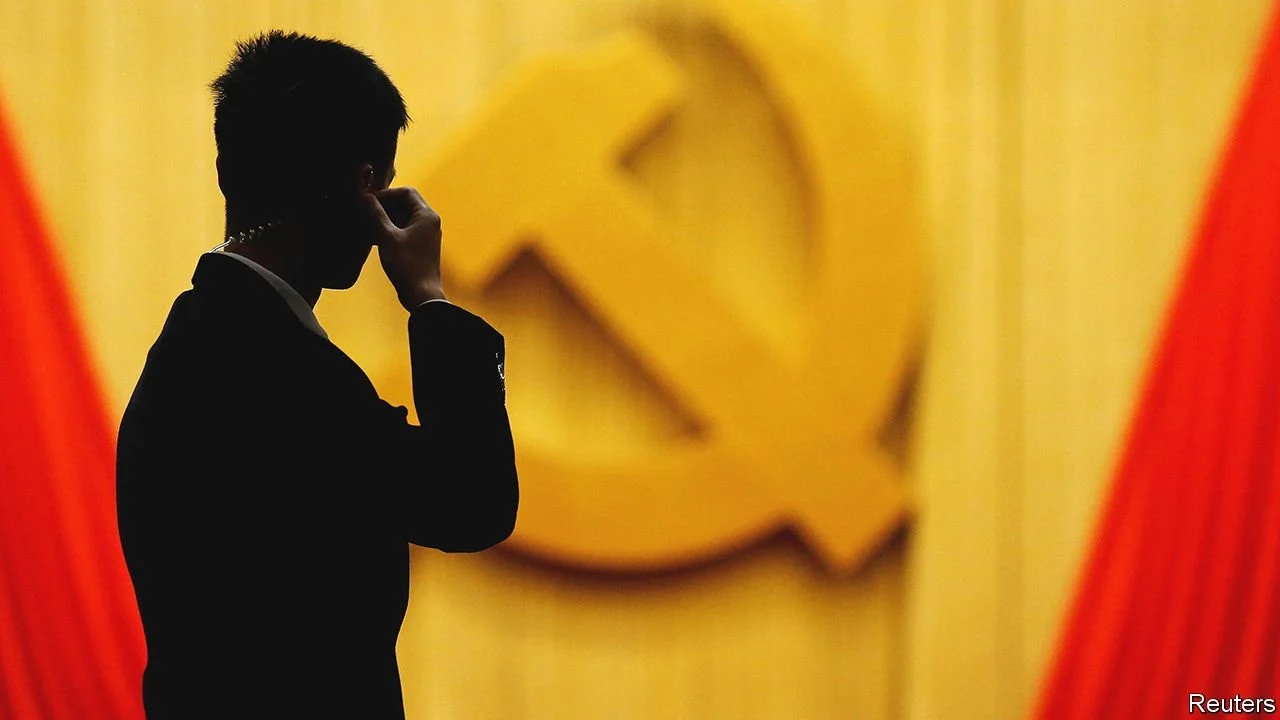By Cobus van Staden
The biggest headline from November’s FOCAC meeting was China’s pivot away from infrastructure funding. But like many FOCAC headlines, it needs several asterisks. In the first place, the pivot might actually be away from a particular infrastructure model (massive projects funded with large bilateral Chinese policy bank loans and built by Chinese state-owned enterprises) rather than from infrastructure-building itself.
The larger question is what China is pivoting to. Instead of infrastructure disappearing from the Africa-China menu, we may be entering a new phase of road-testing, with more Chinese financiers, more intricately mixed financing models and a broader range of companies testing the waters.
It is becoming clear that the last two decades constituted a phase of Africa-China engagement, emblematized by (but not limited to) the Angola model of resource-backed infrastructure lending. The pivot away from this model is frequently described by Western commentators as an acknowledgment of some kind of failure.
While certain countries will certainly suffer under bad borrowing decisions for a long time, these commentators don’t acknowledge how fundamentally the two decades of Chinese infrastructure-building has transformed the African infrastructure game more broadly. Problematic as some of these loans are, I can imagine Africans a few decades from now understanding the Angola model phase as a new beginning, a bumpy and imperfect passage out of the desert of the early 2000s, when infrastructure funding was deemed passé and the scene was dominated by the World Bank’s preoccupations with human development issues like education, and imposing macroeconomic and fiscal policy reforms. These may have been worthy goals, but the unipolar dominance of that moment kept African hands tied.
The point here isn’t that China was some beneficent savior, handing out airports to the needy. While commentators now read the pivot away from the last two decades’ model as China somehow waking up to the realities of African risk, the broader impact was in the opposite direction, and much more fundamental. Chinese companies’ very track record of projects implemented largely on time and on budget (however imperfectly) in African country after African country set new precedents, and in the process rewrote the African risk story.
The result was a much bigger change than Chinese engagement itself. Take Tanzania, for example. It recently announced that it will join with Burundi to look for funding for a rail line linking the two. This line will form part of a larger, regional network aiming to turn Bagamoyo port into a shipping hub serving landlocked countries as far away as the DR Congo. While the contracting and other details still have to be confirmed, the project is distinct from similar plans in that China is nowhere to be seen. For example, the country’s Dar es Salaam-to-Makutupora line is being built by a Turkish contractor, with Czech and Korean cars and locomotives, and funded by Swedish and Danish Export Credit Agencies and African development banks.
Nowadays it’s not particularly surprising to see African countries making these kinds of deals, nor is it startling to see non-traditional financing and contractors from countries like Turkey operate in Africa. But what brought us here from the doldrums of the early 2000s? I would argue that it wasn’t only the precedent set by Chinese financing and contracting, it was also the competition economy created by the resultant infrastructure itself.
As I mentioned, Tanzania’s rail development is happening largely free of direct Chinese involvement, but it only makes sense in the context of the massive emerging competition between different East African port developments, and their linked road, rail and special economic zone infrastructure, much of which was funded and built by China. These developments were by no means all successful, but they rewrote African options to such an extent that Western initiatives like the Global Gateway are now racing to catch up.
For all the warranted criticism of Chinese lending during the Angola model years, it had the effect of revolutionizing what Africans and the world think is possible for the continent. Whatever follows China’s current pivot, nothing will change that impact.
Have a great day,
Cobus van Staden
Credit | The ChinaAfrica Project

